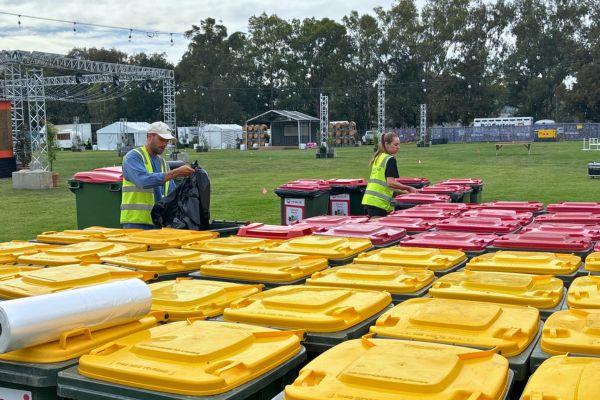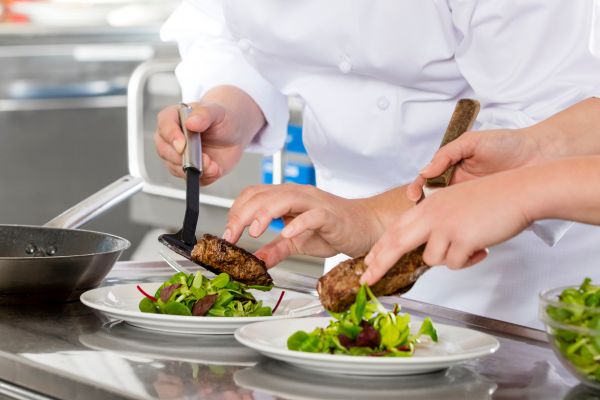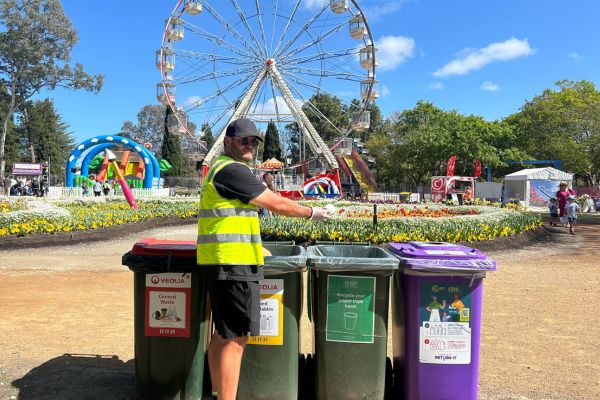Is sustainability the trend in packaging for 2024?
As we delve further into 2024, the packaging industry continues to witness a shift towards sustainability. While advancements in technology and interactive features are exciting, it’s the sustainable trends that are leading the biggest changes in packaging. Here are some trends that we are already seeing, and we anticipate will be followed closely by the industry.
Packaging trends for 2024
1. Reduction in packaging size
Many brands are now minimising their waste by downsizing packaging sizes without affecting the amount of the product inside. This shift marks a departure from using bigger packaging sizes to create the illusion of more product, and prioritise environmental impact. Not only do brands reduce material usage, but also optimise transportation and storage efficiencies, further lowering their footprint.
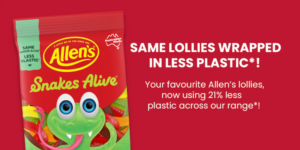
2. Packaging redesign
Brands are exploring how they can reduce waste through redesigning their packaging. This is an alternative for brands that are not able to easily reduce packaging size. An example of this is Sprite’s redesign of their bottles in Europe. By removing the traditional label and integrating the design directly onto the bottle, Sprite streamlined production processes and reduced material usage.
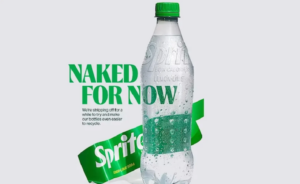
3. Design and product development
Another trend we are observing is the emergence of new designs and product developments that are not only more sustainable but also functional. An example of this is Coles’ paper bunch bag for grapes. These paper bags are not only 100% recyclable through kerbside recycling, as demonstrated by the ARL, but also provide better airflow to the grapes, which extends their shelf life.
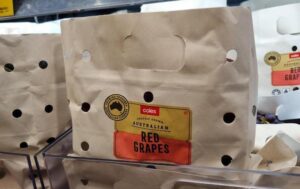
4. Communicating packaging impact
Brands are integrating clear messaging and visual cues that communicate certifications such as Forest Stewardship Council® (FSC®), recycled content percentages, and disposal information with the Australasian Recycling Label (ARL). These visual messages provide consumers that brands are environmetally conscious.
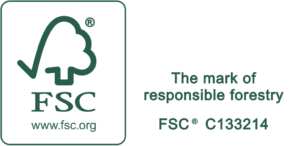
5. Partnerships
Companies are recognising the need to work together with sustainability experts, recyclers, suppliers and, non-profit organisations as part of their operations. These collaborations help brands bridge their knowledge gap and gives them access to expertise and resources to support their sustainability and social impact through tree planting, nature conservation, donations or cleanup programs.

6. Communicating sustainability efforts
Another way brands are using packaging is as a platform to communicate their commitment to sustainability initiatives. One example is The Natural Confectionery Co. which communicates that their jellies are made with 100% renewable electricity. This helps consumers understand what the brand is doing outside of packaging.

7. Materials with less impact
Choosing materials for packaging is key in achieving the 2025 Australian Packaging Targets. Tested innovations such as aqueous lining on paper cups for certified home composability or the use of recycled plastics in products are prime examples. To ensure your material is truly less impact consider resource requirements and disposal options amongst users.
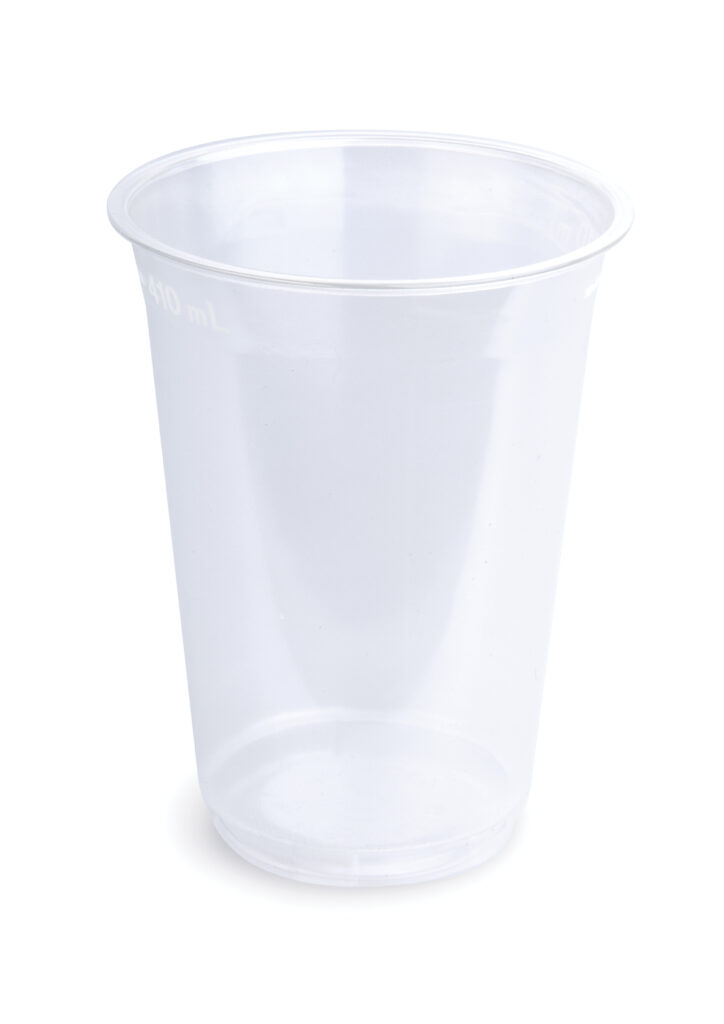
Image: Plastic cups using RPET
8. Returnable packaging
Returnable packaging is an emerging behavioural and product-based solution. While not practical in many environments, for closed environments included events and venue, returnable packaging is seen as gold standard to prevent single-use options.
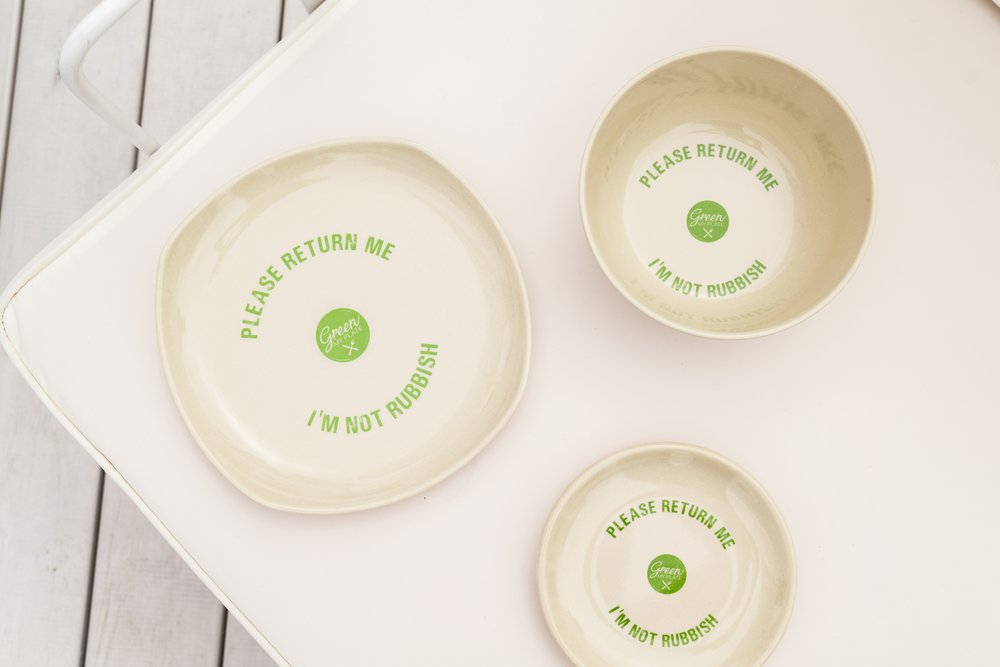
What are the packaging trends in 2024?
As we journey further into 2024, we will continue to see packaging trends reflect the shift in consumer priorities. These trends reflect their growing concern for sustainability and their desire to seek better options. It is important for businesses to not only meet the needs and wants of consumers, but also to reflect on current processes and make increasing efforts towards improving their footprint.
The packaging ranges previously sold by Closed Loop, plus much more, can now be sourced through PAC Trading. Contact PAC via email at dispatch@pactrading.com.au or their website https://www.pactrading.com.au.



